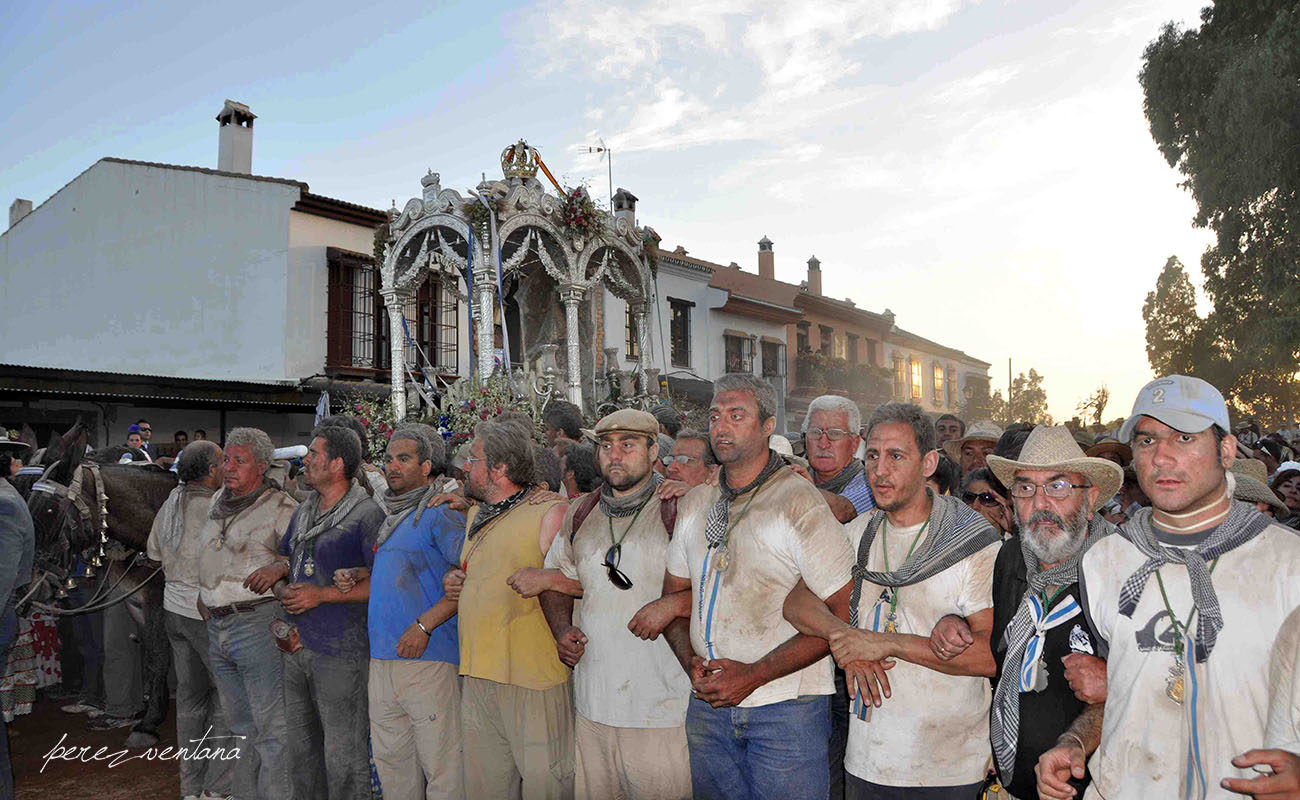Huelva’s got it. Viva Huelva!
Flamencólogos researching the history of flamenco have always overlooked Huelva, despite the fact that this Andalusian province has given us many artists of great importance since the XIX century. As an example, the famous Dolores Parrales Moreno, La Parrala, from Moguer, hometown of the great poet Juan Ramón Jiménez. Also her sister María, the other Parrala, although she didn’t achieve the

Flamencólogos researching the history of flamenco have always overlooked Huelva, despite the fact that this Andalusian province has given us many artists of great importance since the XIX century. As an example, the famous Dolores Parrales Moreno, La Parrala, from Moguer, hometown of the great poet Juan Ramón Jiménez. Also her sister María, the other Parrala, although she didn’t achieve the renown of Dolores. Then came, at different stages Pepe Rebollo, Antonio Rengel, the guitarist Manolo de Huelva (from Riotinto), Paco Isidro, the bailaorAlejandro Vega (partner of the great Pilar López), and, closing with a genius of fandango, to not make an endless list, Paco Toronjo. Huelva also had its café cantantes of the XIX century, including the one opened by Silverio Franconetti, where many acclaimed flamenco artists performed. When it seemed that the spring of great voices and guitarist had dried out, then came Niño Miguel and Juan Carlos Romero, two great guitarists, and (in cante) Arcángel, Argentina, Rocío Márquez, Guillermo Cano, Jeromo Segura, Jesús Corbacho and Sebastián Cruz, among others.
No one has yet written about how peculiar it is that Huelva nowadays has more young cantaoresandcantaorasthan Seville. The Andalusian capital has spawned the greatest number of flamenco artists, besides being one of the main cradles of the genre, but with the exception of a few masters, Seville doesn’t have young first-rate cante performers such as Arcángel, Rocío Márquez and Argentina, personal tastes aside. In some towns in the province of Seville there are good cantaores such as Rubito hijo (in Puebla de Cazalla), Manuel Castulo, Juan de Mairena and José de la Mena (in Mairena del Alcor), José Valencia (in Lebrija), Miguel Ortega (in Los Palacios) and Segundo Falcón (in Viso del Alcor), to name just a few. However, Seville itself doesn’t have any high-profile young performer able to represent this school, one of the most important ones, along with Jerez and Cádiz. There are good cantaores, but they just perform for baile, or have been unable to make it big. Thus, Huelva, land of fandangos, has merit, and I think it would be fair to recognize the importance of a group of young voices giving back the cante limelight that this beautiful region of Andalucia had in the past.
Now we only need the public institutions of Huelva to better promote the art of flamenco, which they seldom do, at least as a response to the effort of these young artists who give Huelva fame the world over. Arcángel, for instance, is one of cante’s top personalities, even as he’s not of everyone’s liking. His latest CD is about to be released, recorded live in some of Spain’s tablaos, and that may be the record that the young master needs. Seville could only wish (and I’m from Seville) to have a young cante personality such as Arcángel, who by the way, is a well-liked cantaor in the city of La Giralda, as it became evident last week, when he got the Reales Alcázares’ public at the on their feet, by measuring his beautiful intonations with a choir of Bulgarian voices.




